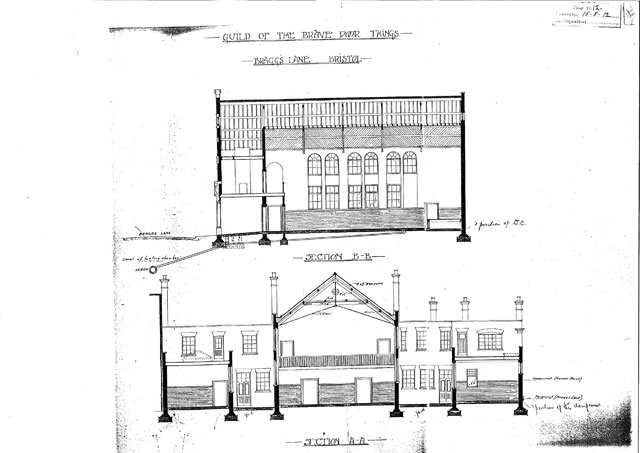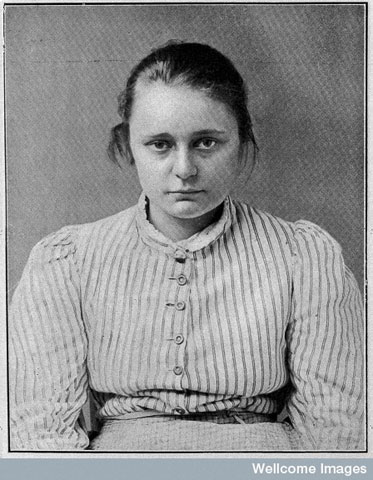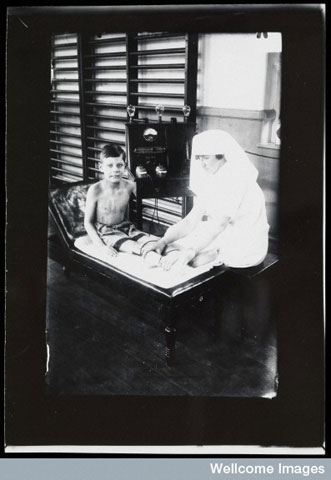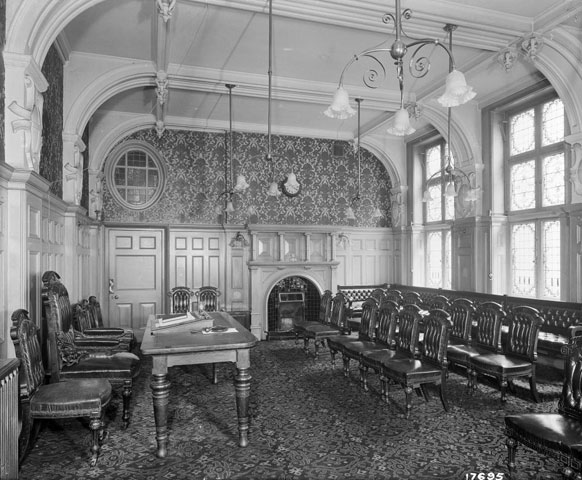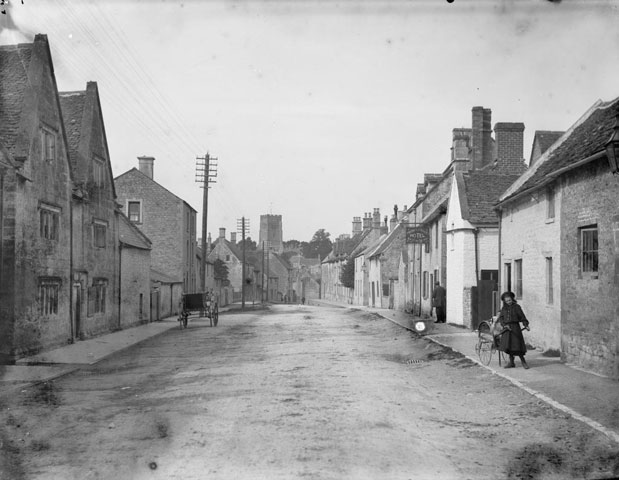Everyday Life and Work - Disabled People in the Community in the Early 20th Century
This section describes how it became more difficult for people with disabilities to live and work in their communities in the early 20th century as society's fear of the spread of 'feeble-mindedness' led to increased governmental control.
In this section
Audio version: 🔊 Listen to this page and others in 'Disability in the Early 20th century' as an MP3
A difficult time
In the first half of the 20th century, the number of disabled people in institutions grew, but the majority remained in their communities.
However, it was a difficult time for them. Society was fearful of the spread of 'feeble-mindedness', a term associated with people with physical, mental and sensory disabilities.
The government increased their levels of supervision over disabled people. If people classified as 'mentally deficient' were not placed in an institution, they were submitted to close control in the community.
Someone to watch over you…
The Central Association for Mental Welfare, a voluntary organisation, would identify people who were believed to be 'deficient' and visit those who were under close supervision. This work was carried out by teams of volunteers and officials on behalf of the government's Board of Control in Victoria Street, London.
Enthusiastic local branches identified large numbers of 'deficient people' for supervision: 351 in Buckinghamshire and 930 in Somerset in 1925.
One woman recalled a certain Mr Grey who visited her: 'Grey! … Ooh I hated him! He wouldn't let anybody live. He did a lot of damage, picking up people what didn't deserve to be picked up.'
Preventing sex and marriage
The prevention of sexual relationships and marriage was a particular concern.
In Rotherham in 1926 Mabel M, a 'defective', and her boyfriend Thomas L, a coal miner, applied for a marriage licence. Mabel M's mother was opposed to the marriage and the Board of Control ruled that 'No certificate is to be issued'.
Widespread disability and impairment
From 1907, compulsory examinations in schools highlighted the extent of physical disability and sensory impairment, particularly amongst working class children.
The problems of poverty - poor housing, sanitation, healthcare and diet - and the lack of immunisation took their toll. Between the 1900s and 1950s, an estimated half a million boys and girls had disabilities, often caused by diseases such as polio and tuberculosis.
Daily life
Disabled children were also often lonely. 'I had no friends in the village. I used to go around more on a level with the dogs. I had to cross my legs over … and use them like a shovel to get about,' recalled a Doncaster man when talking about his life in the 1920s.
Others had happier memories. Two churches were designed specifically with deaf and disabled people in mind so they could access the same services in the community as non-disabled people. Built for the Royal Association in Aid of the Deaf and Dumb by Edward Maufe in the 1920s, St Bede’s Church in Clapham and St Saviour’s in Acton have dual pulpits (one for the chaplain, one for the interpreter), bright lighting and raked seating so everyone could see. St Saviour’s is still used as a deaf church.
Low status
A culture of low expectations in schools for deaf, blind and 'crippled' children led many of them into low-skilled, repetitive jobs in sheltered workshops, if they were able to find any work at all.
But some adults protested about their status and treatment. In 1920 and again in 1933, blind workers marched to London from all over Britain to hold mass demonstrations against low wages and poor working conditions.
In the workforce again
In 1941 the Ministry of Labour, faced with acute shortages, recruited more than 300,000 previously 'unemployable' disabled people into the workforce. Once again, war was changing everything, as it had in the First World War.
'Cripples Can Do Vital War Work' ran a newspaper headline. Within months of reading it, a Northumbrian woman with cerebral palsy was working at a Royal Ordnance Factory.
'It was a wonderful feeling,' she said. 'I revelled in being my own mistress at last.'
Watch the BSL video on everyday life and work for disabled in the 20th century
Everyday Life and Work
Please click on the gallery images to enlarge.

